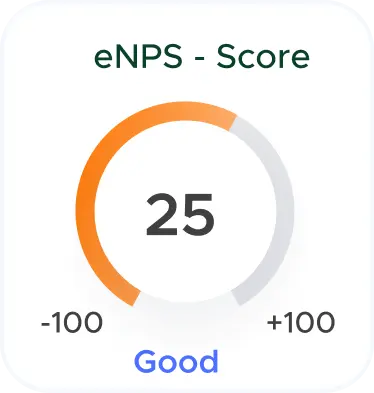How to convert hourly to yearly salary calculator?
To convert an hourly wage to its equivalent yearly salary, here are a few steps to help you calculate the yearly salary from an hourly wage:
- Identify the hourly wage
- Determine weekly work hours
- Calculate annual work weeks
- Using the conversion formula
- Identify the hourly wage: Identify the employee’s hourly wage.
Let's understand with an illustration the hourly wage of an employee is $30.
- Determine weekly work hours: Determine the hours the employee works per week. A full-time employee works around 40 hours per week.
Moving forward with the above illustration, let’s assume the employee works 40 hours per week.
- Calculate annual work weeks: Consider the number of weeks the employee works in a particular year, which is 52 weeks, by assuming no extended unpaid leaves.
- Using the conversion formula: Apply the formula to calculate the annual salary:
Annual income = Hourly wage x Weekly work hours x Annual work week
Solving the equation,
Annual income = $30/hour x 40 hours/week x 52 weeks/year
- Calculate the annual salary:
Annual income = $30 x 40 x 52
Annual income = $62,400
The equivalent annual salary for an employee with an hourly wage of $30 is $62,400 in a year.

.svg)













.svg)



.svg)
.svg)